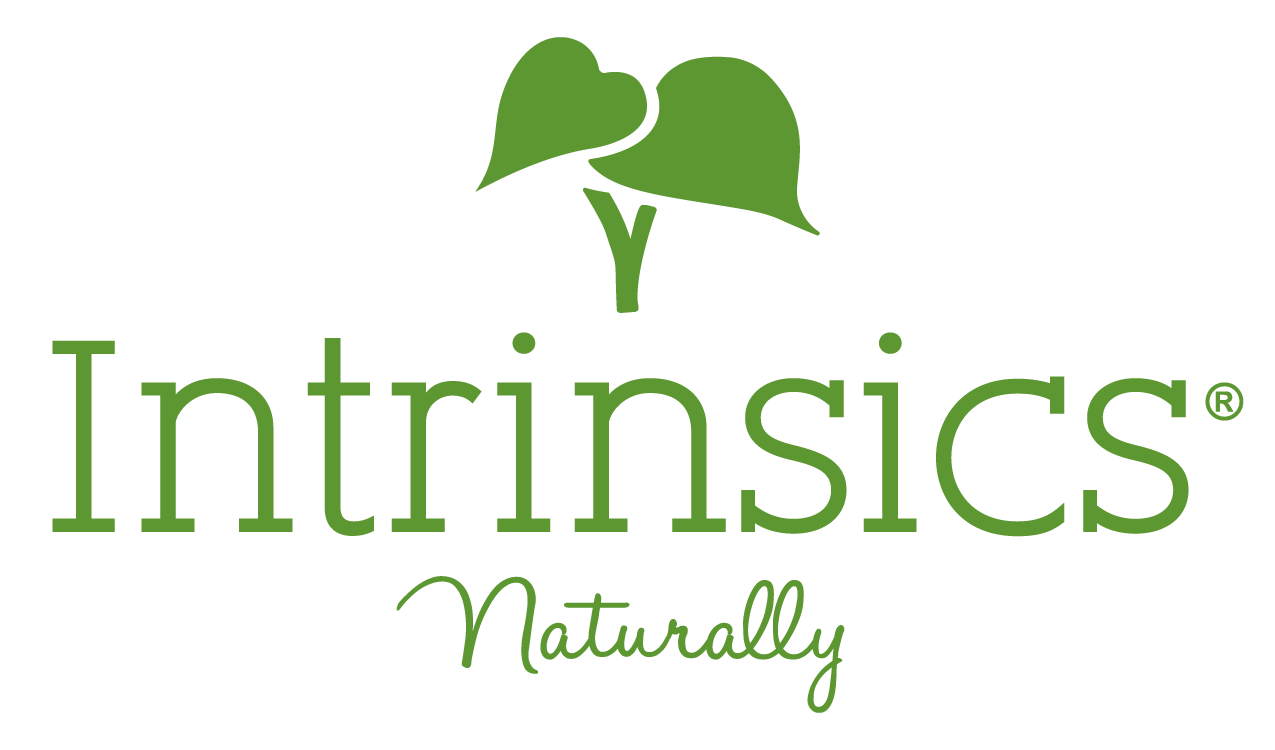One of our most popular posts on our parent company's blog is regarding cotton vs. rayon, a discussion that certainly applies to the beauty industry. For a more technical breakdown, you can certainly head on over to that blog to check out the rayon vs cotton installment of the "Know Your Fibers" series.
Today, we'll specifically discuss some of the advantages that cotton salon products have over rayon products when to comes to performance. Warning: we're going to have to go a little Mr. Wizard on you today, so put on your science hat for just a few minutes.
On the Subject of Cellulose
Though cotton and rayon fibers both come from the same polymer (cellulose), cotton’s cellulose is grown in five to six months by plants, while rayon’s is produced from trees. This is an important distinction since trees need years to mature before harvesting. When the time comes to harvest, the trees are chemically processed and stripped so the remaining cellulose can be turned into man-made fibers. Since the molecules in cotton consist of longer cellulose chains than those in rayon cellulose, the longer cotton molecules are also packed more in-line (crystalline areas) with each other than rayon’s more random (amorphous areas) molecules. We know: that's all a mouthful. But long story short? Both of those molecular qualities combine to make cotton fiber much stronger than rayon fiber. (And we promise not to use the word "cellulose" again.)
On the Subject of Wet Strength
The same two molecular properties also lead to the critical fact that cotton fibers increase in strength when wet, while viscose rayon fibers lose strength. For spa and salon supplies, this is incredibly important. For many treatments, fiber is coming into direct contact with skin—especially when you consider facials—and if they're not already pre-moistened there's a high probability they're going to be used in conjunction with water. Think of all the beauty applications where wet strength will be important: exfoliating, make-up removal, and general skin prep. From towels to wipes, this is one aspect where cotton is a clear-cut winner over rayon. Of course, wet strength is only one performance advantage.
On the Subject of Being Consumer-Preferred
Cotton Incorporated's 2012 study of consumer preferences in baby wipes sheds a light on similar traits that make cotton so appealing for spa and salon supplies. The following stats indicate parents' preferences in baby wipes, and how they associate those preferences with cotton:
- 92% of parents find softness important/88% associate softness with cotton
- 96% of parents find safety (no irritation) important//85% associate safety with cotton
- 81% of parents find absorbency important/71% associate absorbency with cotton
- 94% of parents find quality of product important/75% associate quality with cotton
It's logical to assume that these same performance preferences—softness, safety, absorbency, and overall quality—would be important to spa and salon-goers, simply based on the type of treatments they're receiving. Beauty products demand these features, which is why high-quality is often associated with 100% cotton supplies.
For Beauty Products, Cotton Typically Wins
The Cotton Incorporated study mentioned above also compared cotton to rayon and polypropylene for wipe performance. In the four performance categories, the only advantage over cotton went to polypropylene in dry strength. For wet strength cotton crushed rayon, and in absorbency, cleaning, and softness, cotton was the clear winner. What does this mean? That consumer belief of high performance is based on reality, and not simply perception. Again, this can be translated to beauty supplies. Keep in mind not every supply can be 100% cotton—though we have quite a few. Some may need to be blends, depending on the specific usage. But with cotton's consumer-preferred status, you'll ensure a superior experience for your clients the more you utilize it.
Topics: Spa, Our Products, Salon

